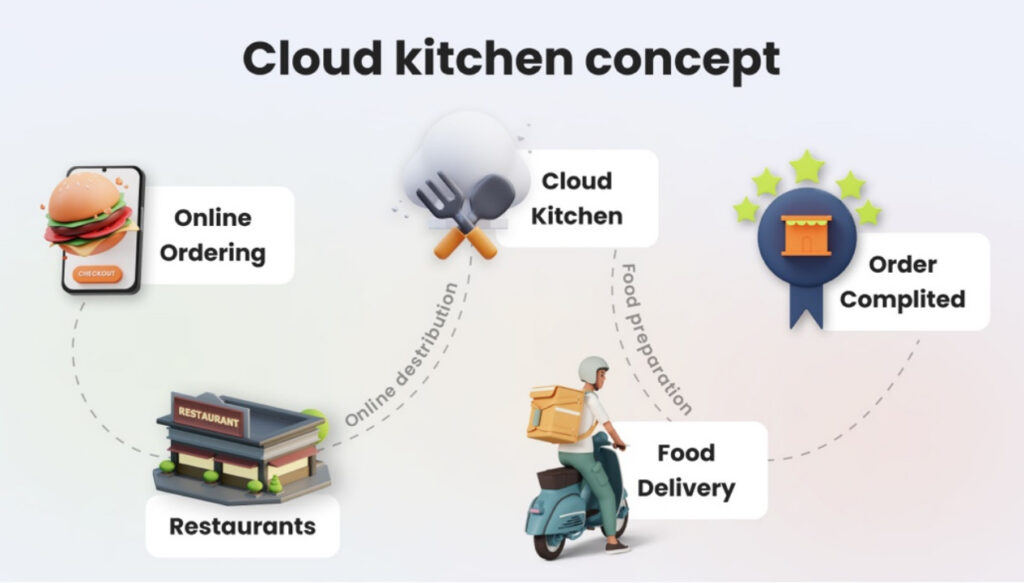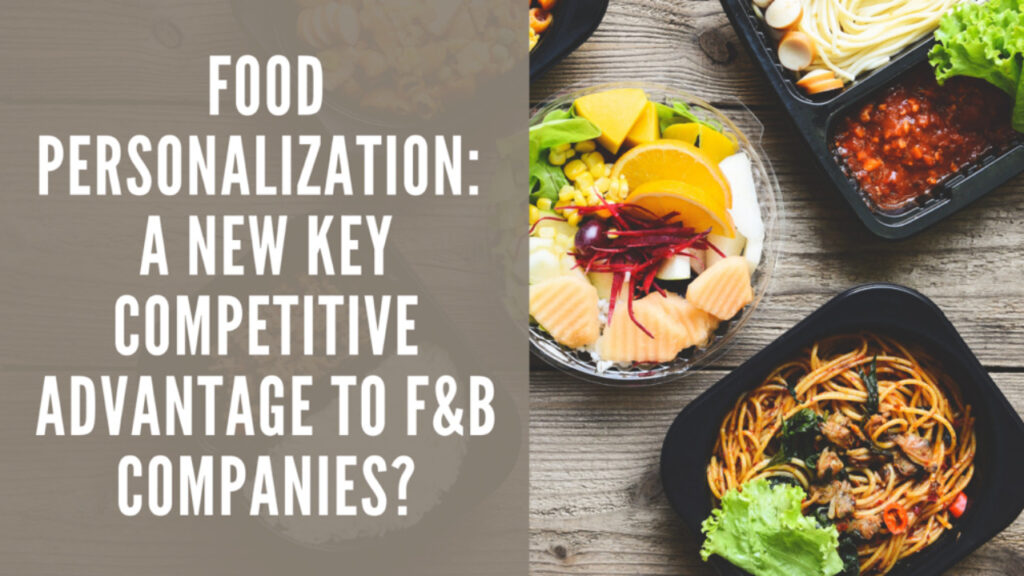In part one of our blog series, we explored how the fine dining industry is being revolutionized by technology, experiential dining, and a focus on sustainability. We discussed the rise of mobile apps, AI-powered chatbots, and automation in kitchens, as well as the importance of creating unique and memorable dining experiences.
Now, in part two, let’s delve deeper into the digital and social media marketing strategies that are essential for fine dining establishments to thrive in today’s competitive landscape. We’ll discuss the power of influencer partnerships, the importance of engaging content on social platforms, and the benefits of encouraging user-generated content.
Digital and Social Media Marketing
In the digital age, social media and online marketing are crucial for fine dining establishments.
Influencer Partnerships Partnering with influencers helps restaurants reach wider audiences and build brand credibility. Influencers can showcase the dining experience to their followers, generating buzz and attracting new customers.

Engaging Content on Social Platforms Utilizing platforms like Instagram, TikTok, and Facebook for marketing campaigns allows restaurants to interact with customers in real-time. Posting visually appealing content, behind-the-scenes videos, and special promotions keeps the audience engaged and interested.
Encouraging User-generated Content Encouraging customers to share their dining experiences online creates organic marketing content. User-generated photos, reviews, and videos serve as authentic endorsements, attracting potential diners and enhancing the restaurant’s online presence.
Joints that are implementing these things for a longer time now:
- Masque, Mumbai
- The Bombay Canteen, Mumbai
- Bastian, Mumbai
- Social Offline, Multiple Locations
- Pali Village Cafe, Mumbai
Rise of Cloud Kitchens and Delivery Services
The rise of cloud kitchens and delivery services is reshaping the fine dining industry.
Cloud Kitchens Cloud kitchens, designed solely for preparing delivery and takeout orders, are reducing overhead costs and increasing efficiency. These kitchens enable restaurants to expand their reach without the need for a physical dining space.

Partnerships with Delivery Platforms Collaborations with delivery platforms like Uber Eats, Zomato, and Swiggy allow restaurants to offer their fine dining menu to a broader audience. These partnerships provide convenience to customers who prefer to enjoy gourmet meals at home.
Restaurants that integrated all the three points very well:

Globalization and Fusion Cuisine

Globalization is influencing culinary trends, leading to the rise of fusion cuisine.
Diverse Culinary Traditions Incorporating diverse culinary traditions and fusion dishes caters to global tastes and attracts a wider customer base. Chefs are experimenting with ingredients and techniques from different cultures, creating innovative and exciting menus.
Culinary Travel Experiences Promoting culinary experiences as part of travel packages enhances the appeal of destinations. Tourists seek authentic dining experiences, making fine dining a key element of their travel plans. This trend benefits restaurants by attracting international clientele.
Examples of Globalization and Fusion Cuisine:
- Indian Accent, New Delhi
- Farzi Cafe, Multiple Locations
- The Oberoi Udaivilas, Udaipur
- The Spice Route, The Imperial, New Delhi
- Le Cirque, The Leela Palace, New Delhi
Personalization and Customization

Personalization and customization are becoming essential in fine dining.
Personalized Recommendations Using customer data, restaurants provide personalized recommendations and offers, enhancing the dining experience. This tailored approach makes customers feel valued and understood, increasing their loyalty.
Customizable Dishes Allowing customization of dishes to meet individual dietary preferences ensures that all customers are satisfied. Whether it’s accommodating allergies, dietary restrictions, or personal tastes, customization is key to customer satisfaction.
Loyalty Programs Implementing robust loyalty programs rewards repeat customers and encourages customer retention. Exclusive perks, discounts, and personalized offers make customers feel appreciated and incentivize them to return.
Examples of successful implementation of these features:
Conclusion
The fine dining industry is evolving rapidly, driven by technological advancements, changing consumer preferences, and global influences. Restaurants that embrace these trends and innovate will thrive in this competitive landscape. By integrating technology, creating unique experiences, leveraging digital marketing, adapting to new service models, embracing globalization, and personalizing customer interactions, fine dining establishments can ensure their continued success and growth.





